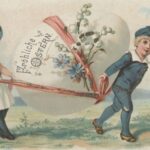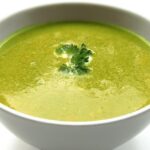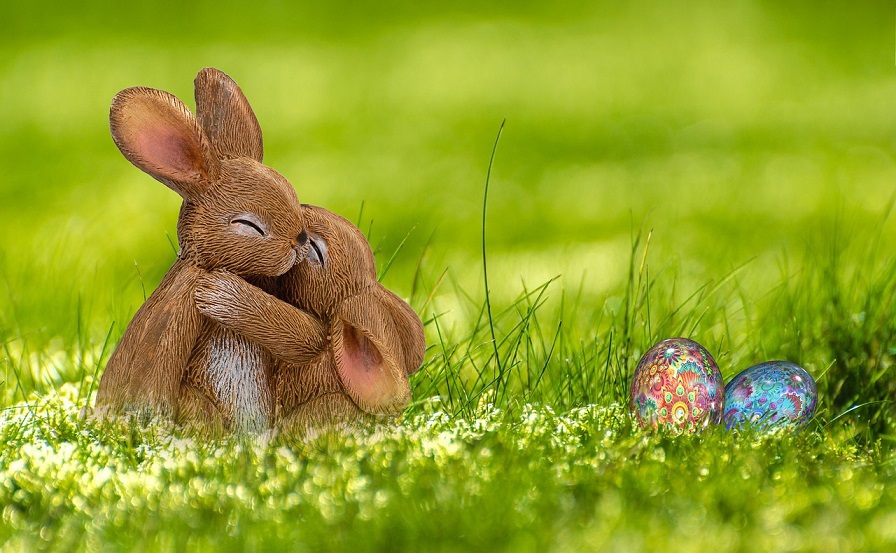
Easter in Germany is more than just chocolate bunnies and church services—it is a fascinating blend of Christian customs and ancient pagan traditions that have been passed down for centuries. Long before Christianity spread across Europe, Germanic tribes celebrated the arrival of spring with rituals honoring fertility, renewal, and the changing of the seasons. Many of these customs, including egg decoration and the famous Osterhase (Easter Bunny), have roots in pre-Christian beliefs.
Today, German Easter celebrations remain deeply symbolic, combining religious observances with lively folk traditions. From Easter fires to the decorating of Easter trees, Germany’s unique approach to the holiday reflects both its ancient past and its rich cultural heritage.
The Origins of Easter Traditions in Germany
The word Easter is believed to be linked to Eostre, a pagan goddess of spring and fertility. According to historical accounts, Germanic tribes held feasts and ceremonies in her honor, marking the rebirth of nature after winter. When Christianity spread across Europe, many of these customs were incorporated into the Easter holiday, allowing the new religion to blend with existing traditions. The connection between eggs, rabbits, and spring festivals also dates back to pagan times. Eggs were considered a powerful symbol of life and renewal, while rabbits—famous for their rapid reproduction—were associated with fertility. These symbols survived the Christianization of Germany and became key elements of Easter celebrations.
Traditional German Easter Customs
1. The Easter Bunny (Osterhase) and Egg Hunts
The Osterhase, or Easter Bunny, is a German creation dating back to the 17th century. Unlike today’s friendly, chocolate-bearing bunny, the original Osterhase was a mythical creature that judged children’s behavior—similar to Santa Claus. According to tradition, well-behaved children would receive colorful eggs hidden by the hare, while misbehaving children would find nothing. This idea spread to other countries, eventually becoming the modern Easter Bunny we recognize today.
2. The Symbolism of Easter Eggs
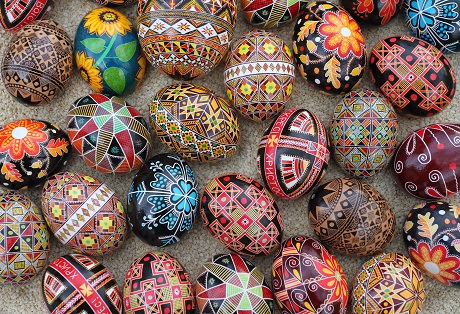
Decorating eggs is one of the most widespread Easter traditions in Germany. While modern celebrations feature chocolate eggs, the older custom involves painting real eggs in bright colors. Red eggs symbolize the blood of Christ, while green eggs are associated with Maundy Thursday (Gründonnerstag). The practice of egg-painting dates back to ancient Germanic cultures, where eggs were buried in fields as offerings to the earth, ensuring a fertile harvest. Today, beautifully decorated eggs can be found at Easter markets, where artisans showcase intricate designs using wax, etching, and natural dyes.
3. Easter Fires (Osterfeuer)
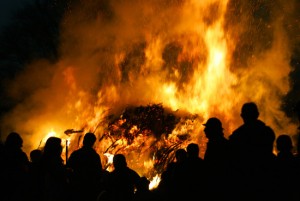
One of Germany’s most striking Easter traditions is the Osterfeuer, or Easter Fire. These large bonfires, held on the night before Easter Sunday, symbolize the driving away of winter and the welcoming of spring. This practice has pagan origins, as fire was believed to ward off evil spirits and ensure prosperity in the coming season. Today, Easter fires are a popular community event, bringing families and friends together to celebrate with food, drink, and music. The tradition is particularly strong in northern Germany, where massive bonfires light up the countryside.
4. The Easter Tree (Ostereierbaum)
Germany’s Ostereierbaum, or Easter tree, is a unique and visually stunning tradition. Small branches or entire trees are decorated with painted eggs, creating a festive spring display. The most famous Easter tree in Germany belonged to the Kraft family in Thuringia, who hung over 10,000 eggs on their apple tree each year. Though less common in modern times, many households still decorate small branches with eggs as part of their Easter celebrations.
5. Easter Markets and Festivities
Germany is famous for its Christmas markets, but Easter markets are just as charming. Cities like Nuremberg and Dresden host vibrant spring fairs, featuring handcrafted Easter decorations, traditional baked goods, and seasonal flowers. Popular treats include Osterzopf, a sweet braided bread, and Lämmchen, a lamb-shaped cake symbolizing Christ. These markets provide a festive atmosphere where visitors can experience Germany’s rich Easter traditions firsthand.
Regional Easter Traditions in Germany
1. Sorbian Easter Egg Art
The Sorbs, a Slavic minority in eastern Germany, have preserved an elaborate tradition of egg decorating. Their eggs feature detailed patterns created using wax-resist techniques, making them some of the most beautiful Easter eggs in Europe. The Sorbian Easter markets in Saxony and Brandenburg attract collectors and tourists eager to see this intricate art form in person.
2. The Swabian Egg Dance (Eiertanz)
In parts of southern Germany, the Eiertanz, or egg dance, is a lighthearted Easter tradition. Participants must dance carefully around eggs placed on the ground, ensuring they do not break them. This custom, believed to date back to medieval times, represents the delicate balance of spring’s renewal and the careful nurturing of new life.
3. The Bavarian Georgiritt Procession
In Bavaria, Easter celebrations include the Georgiritt, a historic horseback procession honoring Saint George, the patron saint of farmers. Riders dressed in traditional costumes parade through villages, accompanied by prayers and blessings for a fruitful harvest. This event, held on Easter Monday, is one of Bavaria’s most iconic religious traditions.
How Germany’s Easter Traditions Influence the World
Many of the Easter customs we see around the world today have their roots in Germany. The Easter Bunny, egg hunts, and even certain spring festivals were first popularized by German immigrants who brought these traditions to North America in the 18th and 19th centuries. Today, elements of German Easter culture can be found in celebrations from the United States to Australia, proving that the old customs of Germany’s pagan past still resonate in modern times.
Want to Learn More About German Traditions?
Explore our related articles for a deeper look into Germany’s fascinating customs:
